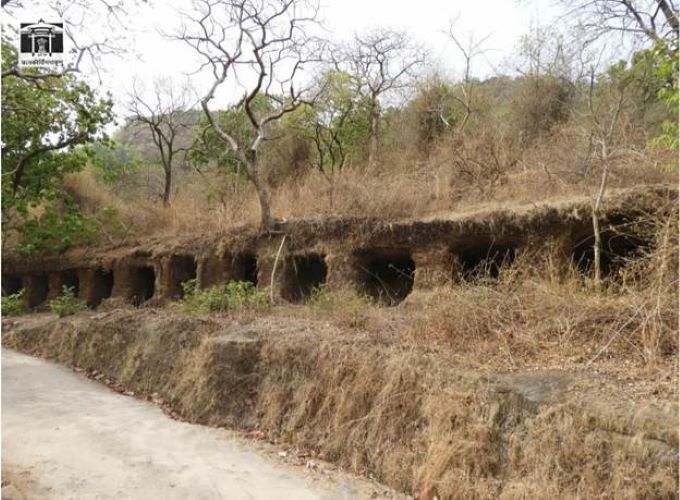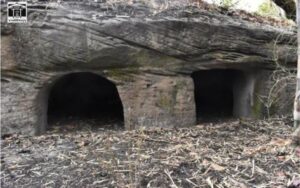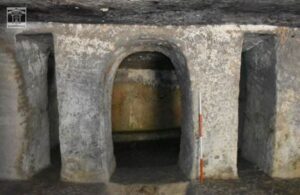ASI unravels remarkable archaeological remains in Bandhavgarh Forest Reserve

Team L&M
In a major find, the Jabalpur Circle of the Archaeological Survey of India (ASI) has unraveled remarkable archaeological remains in Madhya Pradesh’s Bandhavgarh Forest Reserve. During the exploration, the ASI found 26 ancient temples/relics of Kalachuri period (9th century CE to 11th century CE), 26 caves (2nd century CE to 5th century CE mostly Buddhist in nature), two monasteries, two stupas, 24 Brahmi inscriptions (2nd century CE to 5th century CE), 46 sculptures, 20 scattered remains and 19 water structures (c.2nd-15thCE) are recorded. Among the 46 sculptures, also is a Varah sculpture which is one of the largest.
The time period of the findings covered the reigns of the King Bhimsena, Maharaja Pothasiri, and Maharaja Bhattadeva. Places deciphered in the inscriptions are Kaushami, Mathura, Pavata (Parvata), Vejabharada and Sapatanaairikaa.
The ASI team had covered nearly 170 sq km falling in the area of the Bandhavgarh Tiger Reserve over months-long exploration of the region. This is the first time since 1938 that such an exploration was undertaken.
Bandhavgarh Forest Reserve was declared a national park in 1968. Located in the Umaria district of Madhya Pradesh, it is spread over 105 sq km. It became a Tiger Reserve in 1993, and its current core area is spread over 716 sq km.
It derived its name from the most prominent hill of the area which is said to have been given by Lord Rama to his brother Laxman to keep a watch on Lanka. The fort was built by a Gond Dynasty king (bandhav means brother, garh means Fort).
This forest reserve has a large biodiversity including a large breeding population of leopards, and various species of deer. Maharaja Martand Singh of Rewa captured the first white tiger in this region in 1951. This white tiger, Mohan, is now stuffed and on display in the palace of the Maharajas of Rewa. Historically villagers and their cattle have been at a threat from the tigers while now rising mining activities around the park have put the tigers at risk.




